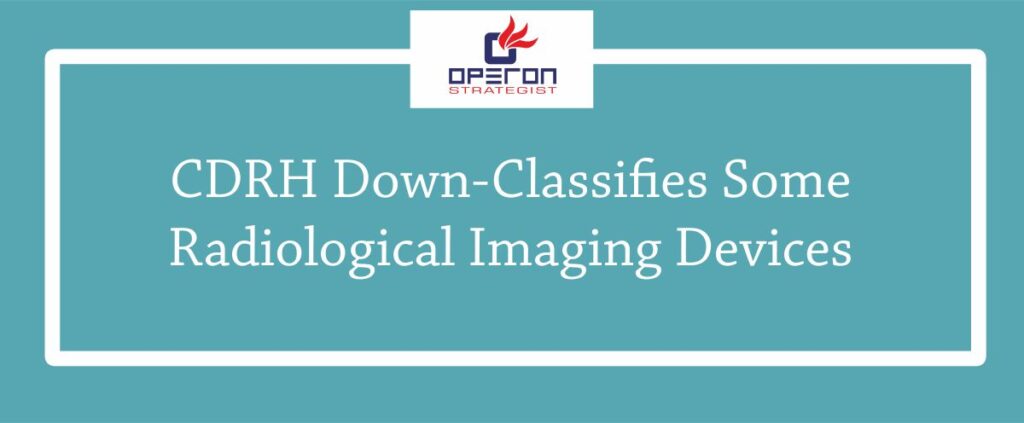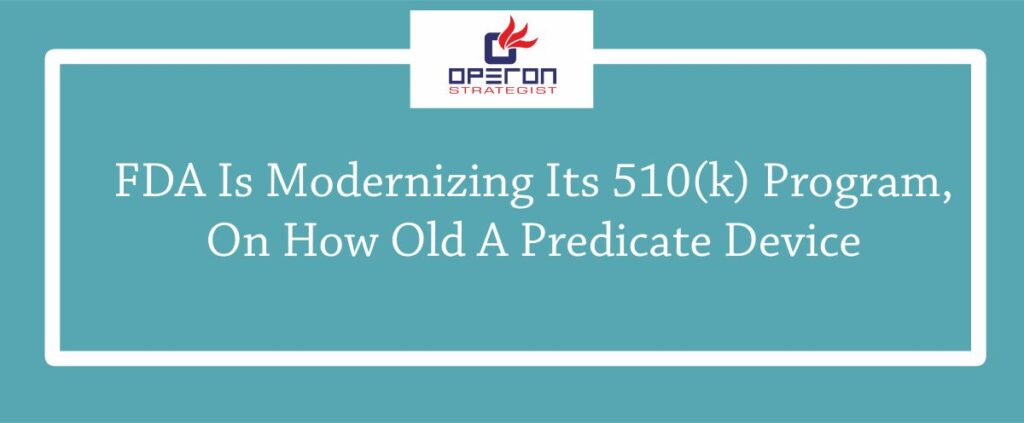Understanding the US FDA 510(k) Submission Process
The US FDA 510(k) submission is a vital regulatory requirement for manufacturers planning to market moderate-risk (Class II) medical devices in the United States. Submitting a well-prepared 510(k) not only ensures compliance with the US FDA but also helps gain a competitive edge, ensures patient safety, and accelerates market entry.
Timing and accuracy are everything when it comes to regulatory submissions. A delayed or poorly drafted application can lead to approval setbacks, market loss, or costly rework.
Looking For a Medical Device Regulatory Consultant?
Let’s have a word about your next project
Why Strategic Timing of US FDA 510(k) Submission Matters
✅ Market Advantage
Early submissions help you launch your device ahead of competitors, securing a larger market share.
✅ Efficient Review
Proactively filed applications allow the FDA sufficient time for thorough review without unnecessary delays.
✅ Faster Clearance
Well-timed and complete submissions often receive faster approvals, helping you enter the market sooner.
✅ Reduced Risk of Rejection
Accurate documentation minimizes queries, errors, and chances of a refuse-to-accept (RTA) hold.
✅ Smooth Regulatory Journey
A complete and organized 510(k) reduces the risk of prolonged correspondence and confusion with the FDA.
What is a US FDA 510(k) Application?
The 510(k) Premarket Notification is required when introducing a medical device in the US that is substantially equivalent to an existing legally marketed device (predicate). This route is primarily used for Class II devices, though some Class I and Class III devices also qualify under specific scenarios.
US FDA 510(k) vs Premarket Approval (PMA)
Feature | US FDA 510(k) | Premarket Approval (PMA) |
Purpose | Proves similarity to a legally marketed device | Assesses the safety and efficacy of high-risk Class III devices |
Requirement | Mandatory for most Class II devices | Required for devices with no predicate or higher risks |
Evidence | Relies on substantial equivalence | Requires clinical trial data and detailed evidence |
Choose 510(k) if your device is moderate-risk and has a similar predecessor.
Choose PMA for innovative or high-risk devices with no equivalent on the market.
When is a US FDA 510(k) Required?
A 510(k) submission is typically required in the following scenarios:
- Launching a new device in the US market.
- Changing the intended use or indications of an already cleared device.
- Making significant design, material, or performance modifications.
Pro Tip: The FDA mandates that a 510(k) be submitted 90 days before you plan to commercially distribute the device in the US.
Medical Device Classification for 510(k)
Class | Risk Level | Regulatory Controls |
Class I | Low | General Controls |
Class II | Medium | General + Special Controls (510(k) required) |
Class III | High | PMA (Premarket Approval) |
Most Class II devices require a 510(k) to prove substantial equivalence with a predicate device.
Identifying a Predicate Device: Key Considerations
A predicate device is an already FDA-cleared product used as a benchmark for comparing your new device. To establish substantial equivalence, manufacturers must match:
- Intended Use: Both devices should serve the same purpose.
- Technology: Similar design, function and materials.
- Safety & Performance: Comparable results in use.
Use the FDA’s product classification database and three-letter product codes to identify suitable predicate devices.
Types of 510(k) Submissions
The FDA recognizes three types of 510(k) submissions:
🔹 Traditional 510(k)
For brand-new devices or significant changes requiring new performance/testing data.
🔹 Special 510(k)
For modifications to an existing, previously cleared device that do not require new testing.
🔹 Abbreviated 510(k)
For devices that conform to recognized consensus standards, simplifying the submission process.
When is a New 510(k) or Letter to File (LTF) Needed?
Not all device changes need a new submission. The FDA provides 510(k) change guidance to help manufacturers make informed decisions regarding product modifications.
Scenario | 510(k) Required | Letter to File (LTF) |
Major design change | ✅ | ❌ |
Change in intended use | ✅ | ❌ |
Packaging update | ❌ | ✅ |
Label format change | ❌ | ✅ |
New 510(k): For significant changes affecting safety or performance.
LTF: For minor updates not impacting safety or effectiveness, retained in internal records.
FDA 510(k) Review Timeline
Here’s a typical FDA review timeline once the 510(k) is submitted:
- Day 1: FDA receives 510(k)
- By Day 7: Acknowledgment or Hold Letter (if user fee or eCopy issues)
- By Day 15: Acceptance Review completed
- By Day 60: Substantive Review with interactive communication
- By Day 90: Final MDUFA decision issued (clearance or additional info request)
- By Day 100: If no decision, FDA sends a status update on review progress
Need Expert Guidance for a Successful US FDA 510(k) Submission?
Our US FDA 510(k) Compliance Services Include:
- Device classification and predicate device identification
- Guidance on testing requirements
- Preparation of 510(k) technical documentation
- Substantial equivalence analysis
- Support during interactive reviews with the FDA
- Implementation of QMS as per 21 CFR Part 820
- adminhttps://operonstrategist.com/author/admin-2/
- adminhttps://operonstrategist.com/author/admin-2/
- adminhttps://operonstrategist.com/author/admin-2/
- adminhttps://operonstrategist.com/author/admin-2/




